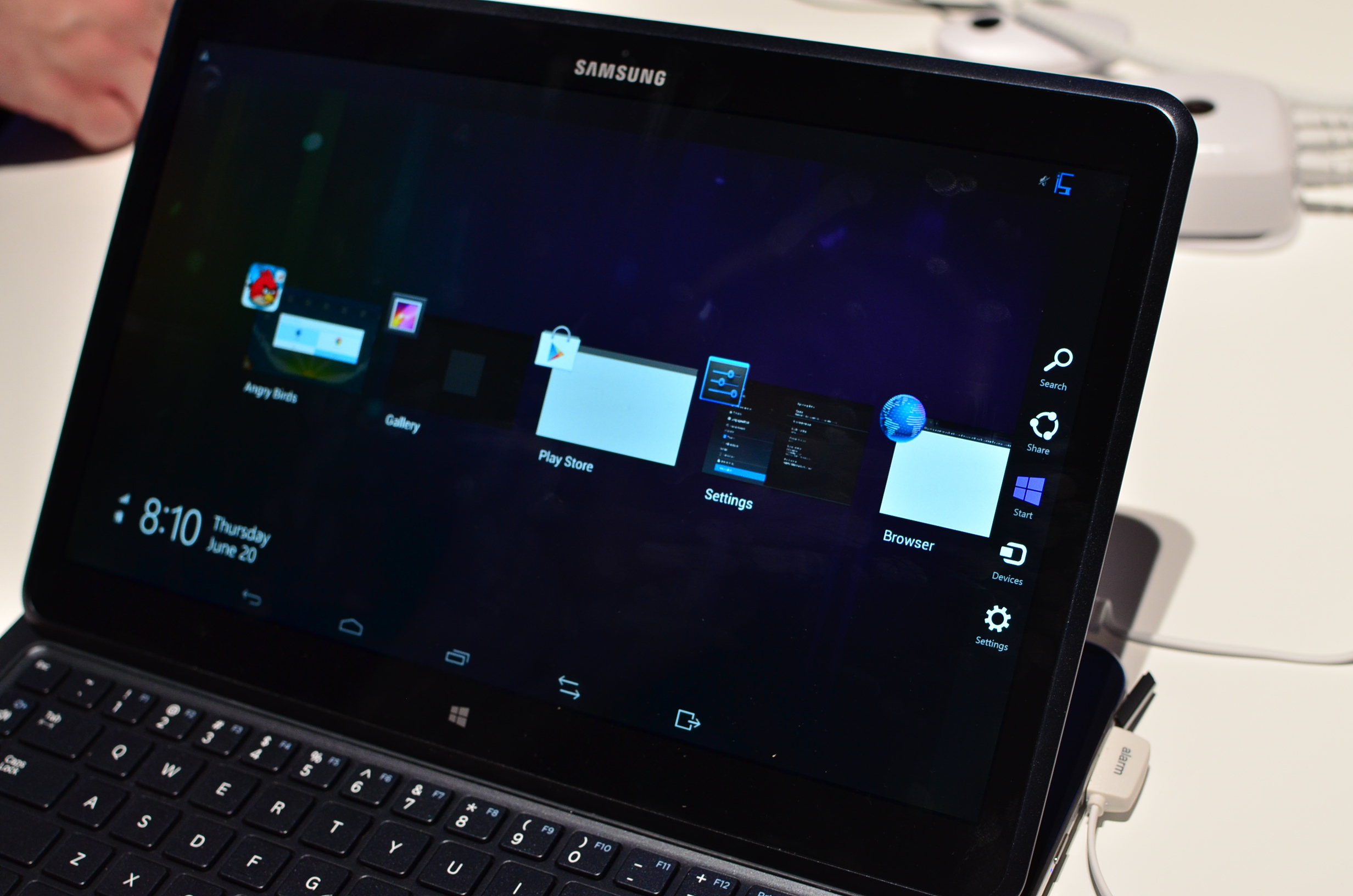
Preparation
Before starting, understanding the limitations and potential risks involved in installing Windows 8 on an Android tablet is crucial. Here are some key points to consider:
Hardware Compatibility
- Ensure your device has the necessary hardware specifications to run Windows 8.
- Typically, this includes a dual-core processor, at least 2 GB of RAM, and sufficient storage space.
Software Compatibility
- Windows 8 is designed for traditional PCs and may not be optimized for tablet hardware.
- Issues with touch input, screen resolution, and other tablet-specific features might occur.
Data Loss
- Installing Windows 8 will erase all data on your Android tablet.
- Back up any important files, contacts, and apps before proceeding.
Software Requirements
- Specific software tools are needed to convert your Android tablet into a Windows 8 device.
- These tools include Android-x86, VirtualBox, or VMware.
Step 1: Prepare Your Device
Backup Your Data
- Connect your Android tablet to a computer via USB.
- Use a backup app like Google Drive or Dropbox to transfer your data.
- Alternatively, manually copy important files to a USB drive.
Disable Secure Boot
- If your tablet has UEFI firmware, disable Secure Boot to allow the installation of non-UEFI-compatible operating systems like Windows 8.
Update Your Android Tablet
- Ensure your Android tablet runs the latest version of its operating system.
- This helps in identifying any potential issues with the installation process.
Step 2: Download Necessary Tools
Android-x86
- Download the latest version of Android-x86 from its official website.
- Choose the version matching your tablet's architecture (e.g., x86 or x64).
VirtualBox or VMware
- Download VirtualBox or VMware from their official websites.
- These virtualization software will help create a virtual machine for installing Windows 8.
Windows 8 ISO File
- Obtain a legitimate copy of the Windows 8 ISO file from Microsoft or an authorized retailer.
Step 3: Convert Your Android Tablet to Run Android-x86
Boot from USB
- Create a bootable USB drive using the downloaded Android-x86 ISO file.
- Insert the USB drive into your Android tablet and restart it.
Boot into Android-x86
- Your tablet should now boot into Android-x86.
- Follow the on-screen instructions to complete the installation process.
Install Drivers
- Once booted into Android-x86, install drivers for your tablet's hardware components like Wi-Fi, Bluetooth, and USB.
- Find these drivers on the manufacturer's website or through online forums.
Configure Network Settings
- Set up network settings to ensure internet connectivity.
- This is crucial for downloading additional software and updates.
Step 4: Install VirtualBox or VMware
Download and Install VirtualBox or VMware
- Follow the installation instructions provided by VirtualBox or VMware to install the software on your computer.
Create a Virtual Machine
- Launch VirtualBox or VMware and create a new virtual machine.
- Choose the operating system as "Windows" and select "Windows 8" from the list of available options.
Allocate Resources
- Allocate sufficient RAM and CPU resources to the virtual machine.
- Ensure enough disk space is allocated for the virtual machine.
Install Windows 8 in the Virtual Machine
- Mount the Windows 8 ISO file within the virtual machine settings.
- Start the virtual machine and follow the on-screen instructions to complete the installation process.
Step 5: Configure Windows 8
Activate Windows 8
- Activate your copy of Windows 8 using a valid product key.
- This will unlock all features and functionalities of the operating system.
Update Windows 8
- Connect to the internet and update Windows 8 to the latest version available.
- This ensures all security patches and bug fixes are applied.
Install Essential Software
- Install essential software like Microsoft Office, Adobe Reader, and other productivity tools.
- Consider installing antivirus software to protect your virtual machine from malware.
Configure Network Settings
- Set up network settings within Windows 8 to ensure seamless connectivity with your Android tablet.
Step 6: Integrate Your Android Tablet with Windows 8
Share Files Between Devices
- Use cloud storage services like Google Drive or Dropbox to share files between your Android tablet and Windows 8 virtual machine.
- Alternatively, manually transfer files using USB drives.
Remote Desktop Access
- Enable remote desktop access on both devices to access files and applications remotely.
- This feature is particularly useful for projects requiring both Android and Windows environments.
Sync Data Across Devices
- Use services like Microsoft OneDrive or Google Drive to sync data across both devices.
- This ensures files are always up-to-date and accessible from any device.
Installing Windows 8 on an Android tablet is a challenging but rewarding process. By following these steps carefully, you can successfully convert your device into a dual-boot setup that allows running both Android and Windows 8 environments. Always back up your data before proceeding and ensure the necessary hardware specifications to run Windows 8 smoothly. Some features might not work perfectly due to hardware incompatibilities or software limitations. Despite these challenges, many users have successfully integrated their Android tablets with Windows 8, enhancing productivity and versatility in using different operating systems on a single device.
